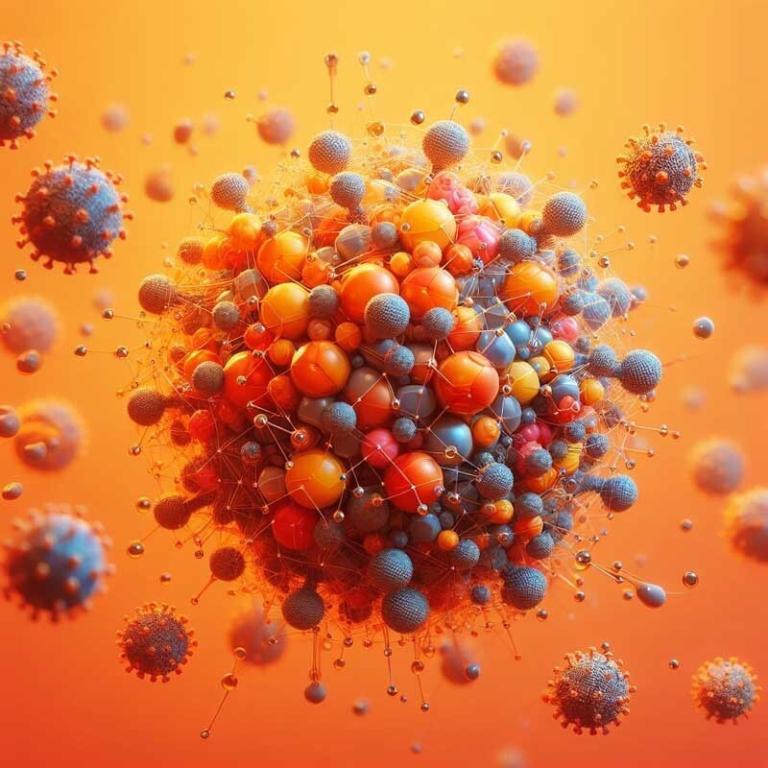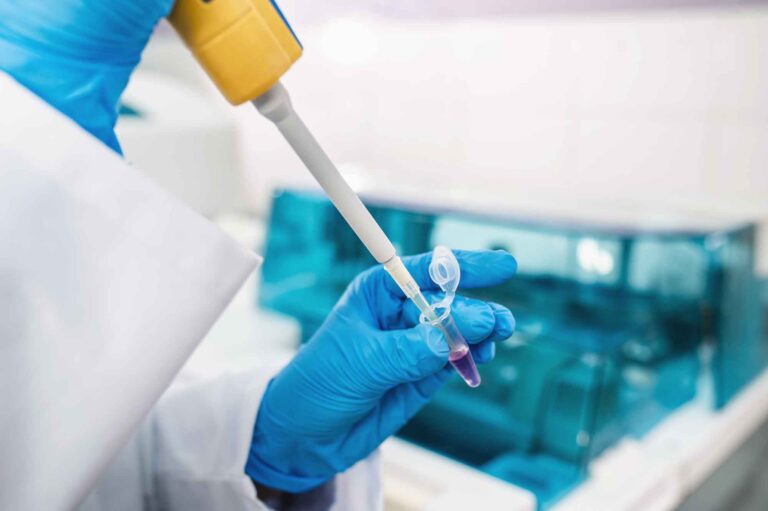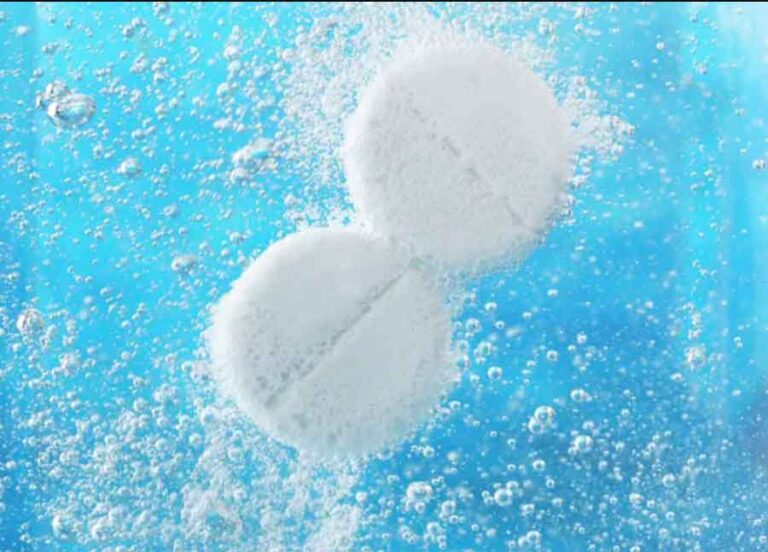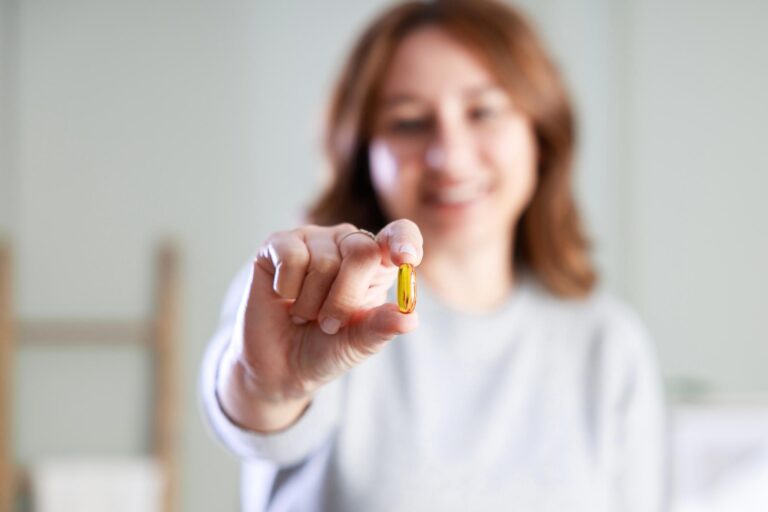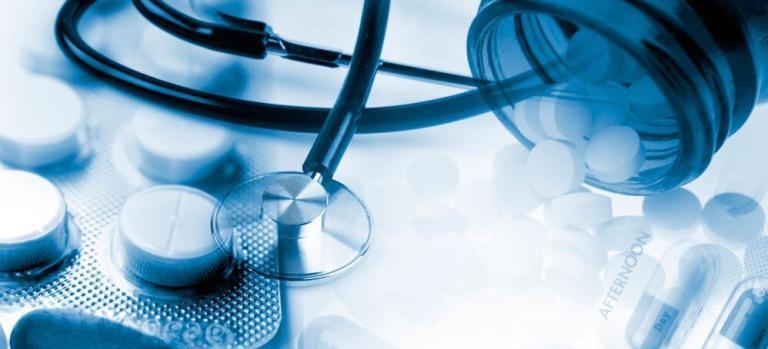Nanocrystallization is a versatile method for salvaging poorly soluble drugs with the added benefit of a carrier-free delivery system. Nanocrystals may improve bioavailability through an increase in solubility and particle dissolution, and through an increased gradient concentration at membranes and adhesion to the gastrointestinal wall. Classically, for Class II drugs, the rate-limiting step is the drug dissolution, and nanocrystals have been proposed to solve this limitation.
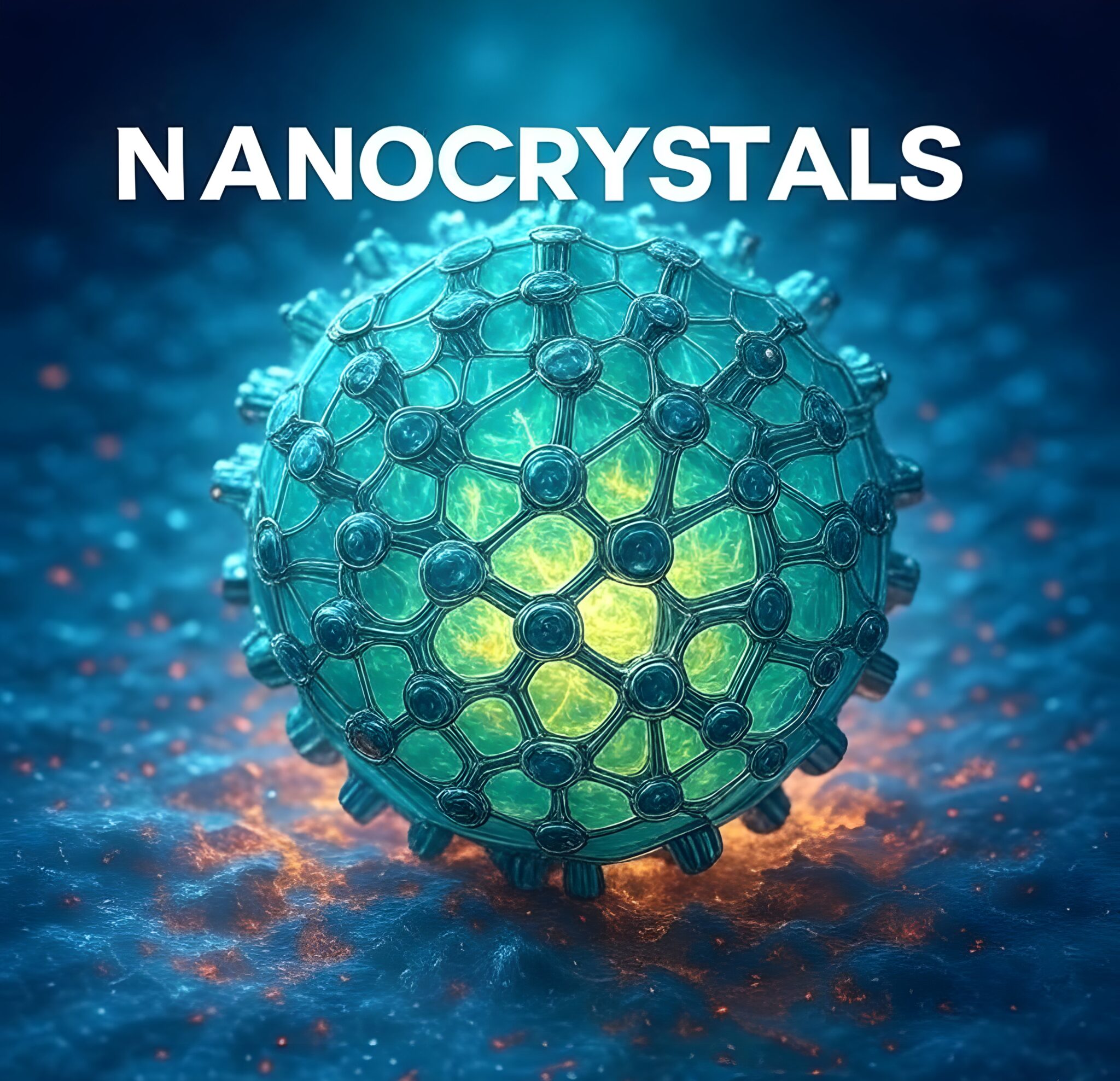
Overview
Nanocrystal Formulation
- Particle Size Reduction: We use advanced milling and high-pressure homogenization techniques to reduce drug particles to the nanometer scale, enhancing their surface area and dissolution rate.
- Uniformity and Purity: Our proprietary processes ensure that each nanocrystal batch achieves uniform particle size distribution and exceptional purity, critical factors for consistent drug performance.
- Stabilization Strategies: Hycon’s expertise extends to the stabilization of nanocrystals, utilizing polymers and surfactants to prevent aggregation and maintain long-term stability.
Enhanced Bioavailability and Efficacy
- Rapid Dissolution: The increased surface area of our nanocrystals leads to a rapid dissolution rate, ensuring that the drug is readily available for absorption.
- Improved Solubility: By transforming poorly soluble compounds into nanocrystals, we significantly enhance their solubility and, consequently, their bioavailability.
- Dose Optimization: Our technology enables dose reduction without compromising therapeutic efficacy, minimizing potential side effects and improving patient compliance.
- Maximized Bioavailability: By improving solubility and dissolution, our nanocrystals achieve higher bioavailability, making treatments more effective at lower doses.
- Formulation Versatility: We offer the flexibility to integrate nanocrystals into a variety of oral dosage forms, catering to diverse therapeutic needs.
Technology
- Custom Particle Engineering: Hycon’s proprietary technology meticulously engineers nanocrystals to specific particle sizes and shapes, optimizing them for enhanced drug delivery and efficacy.
- Production Methods: Combining high-energy milling with high-pressure homogenization, we achieve a high level of precision in particle size reduction that sets new industry standards.
- Innovative Stabilization Techniques: Through advanced surface modification, Hycon ensures that each nanocrystal is perfectly stabilized, maintaining its discrete nature and therapeutic potency. A selection of surfactants and polymers are used to stabilize the nanocrystals, preventing aggregation and ensuring long-term stability.
- Solid-State Analysis: Utilizing techniques like X-ray diffraction and differential scanning calorimetry, we ensure the nanocrystals maintain their crystalline form and drug integrity.
- Flexibility in Drug Formulation: Hycon’s technology is versatile, allowing for the integration of nanocrystals into a diverse range of oral dosage forms including enhancing ODTs.
Manufacturing Process
- Initial API Evaluation: Hycon begins with a thorough examination of the active pharmaceutical ingredient (API), assessing its solubility, stability, and compatibility with nanocrystal technology.
- Particle Size Optimization: Utilizing advanced milling and homogenization techniques, Hycon precisely reduces the API to the desired nanoscale, enhancing its surface area and bioavailability.
- Stabilization Protocol: The process incorporates proprietary stabilizers, ensuring that the nanocrystals remain stable and effective throughout their shelf life.
- Crystallization Control: Hycon employs controlled crystallization techniques to manage the nucleation and growth of nanocrystals, ensuring uniformity in size and shape.
- Isolation and Purification: Following crystallization, the nanocrystals undergo a rigorous purification process to ensure they are free from impurities and ready for formulation.
- Drying and Processing: The nanocrystals are then carefully dried using methods that preserve their integrity, after which they are processed into the final pharmaceutical form.
- Formulation Integration: The processed nanocrystals are seamlessly integrated into various dosage forms, tailored to meet the therapeutic needs of patients.
- Packaging and Distribution: Finally, the products are packaged in compliance with regulatory standards and distributed through Hycon’s efficient global supply chain.
Applications
Nanocrystals improve the oral uptake of small molecules, leading to higher plasma concentrations and better therapeutic outcomes. We also design nanocrystals that enhance the penetration of drugs through the skin, offering an alternative route for systemic delivery.
Applications in Oral Dosage Forms:
- Tablets and Capsules: We integrate nanocrystals into tablets and capsules to facilitate rapid drug absorption and onset of action, crucial for achieving therapeutic goals.
- Suspensions: Our nanocrystal suspensions are tailored for ease of administration, offering a solution for patients with swallowing difficulties or requiring dose flexibility.
- Orally Disintegrating Tablets (ODTs): Hycon’s ODTs with embedded nanocrystals dissolve quickly in the oral cavity, providing an alternative for those unable to swallow conventional tablets.
Incorporating nanocrystals into ODT formulations can lead to more effective and patient-friendly pharmaceutical products. Nanocrystal-based ODTs can be particularly useful for patients who have difficulty swallowing traditional tablets, such as pediatric and geriatric patients, thus improving patient compliance. They address the common challenges associated with the delivery of poorly soluble drugs and offer a promising approach for enhancing the performance of ODTs.
Nanocrystals significantly enhance the performance of orally disintegrating tablet (ODT) formulations. Here’s how they contribute to the effectiveness of ODTs:
Improved Solubility and Dissolution Rate: Nanocrystals increase the surface area of poorly water-soluble drugs, which improves their solubility and dissolution rate. This is particularly beneficial for ODTs as they need to dissolve quickly in the oral cavity for rapid onset of action.
Enhanced Bioavailability: Due to their reduced particle size, nanocrystals can improve the bioavailability of the active pharmaceutical ingredient (API) in ODT formulations. This means that a lower dose is required to achieve the desired therapeutic effect, which can reduce potential side effects.
Rapid Disintegration: ODTs are designed to disintegrate rapidly in the mouth, and nanocrystals can help achieve this by facilitating water uptake and swelling, which aids in the quick disintegration of the tablet.
Formulation Stability: Nanocrystals can enhance the physical stability of the ODT formulation, ensuring that the drug maintains its efficacy throughout its shelf life.
Nanocrystal Vs. Other Nanotechnologies
- Liposomes: While liposomes can encapsulate both hydrophilic and hydrophobic drugs, they are less stable than nanocrystals and can release their payload prematurely. Nanocrystals, being solid particles, do not have an aqueous core and thus provide a more controlled release.
- Solid Lipid Nanoparticles (SLNs): SLNs are similar to nanocrystals in that they are both lipid-based, but SLNs often have a lower drug loading capacity due to the presence of other lipid components. Nanocrystals, composed almost entirely of the drug substance, can potentially carry a higher drug load1.
- Nanostructured Lipid Carriers (NLCs): NLCs are the second generation of lipid nanoparticles and are designed to overcome some limitations of SLNs, such as the potential for drug expulsion during storage. Nanocrystals, however, offer the advantage of being a pure drug without the complexity of a lipid matrix, which can simplify the formulation and regulatory approval process.
- Lipid Drug Conjugates (LDCs): LDCs are another form of lipid-based drug delivery where the drug is chemically conjugated to lipids. This can enhance the solubility and targeting of drugs, but the chemical modification process can be complex. Nanocrystals avoid this complexity by physically encapsulating the drug without chemical alteration.
- Polymeric Nanoparticles: As mentioned, nanocrystals do not contain any matrix materials, which eliminates the risk of polymer-related adverse reactions. Additionally, polymeric nanoparticles may require the use of organic solvents during their production, which is not the case for nanocrystals, making them a cleaner option.
- Dendrimers: Dendrimers offer a high degree of control over size and shape and can be functionalized with various drug molecules. However, their synthesis is complex and costly. Nanocrystals, being simpler to produce, offer a cost-effective alternative with fewer synthesis steps.
- Metallic Nanoparticles: Metallic nanoparticles are primarily used for diagnostic and imaging purposes rather than drug delivery. They can be toxic to the body due to the metals they contain. Nanocrystals, made from drugs themselves, do not have this toxicity concern and are focused on delivering therapeutic agents.
Related Services
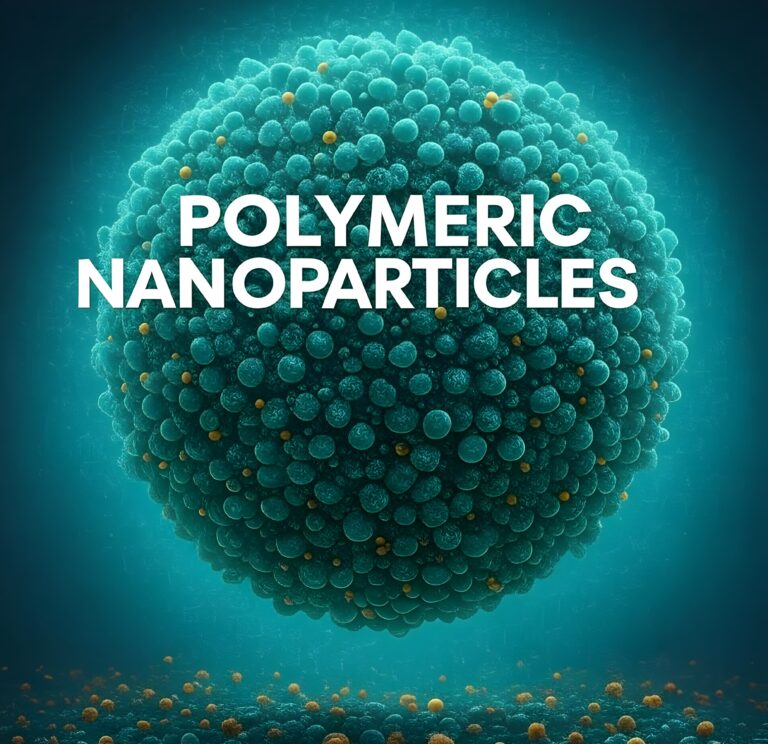
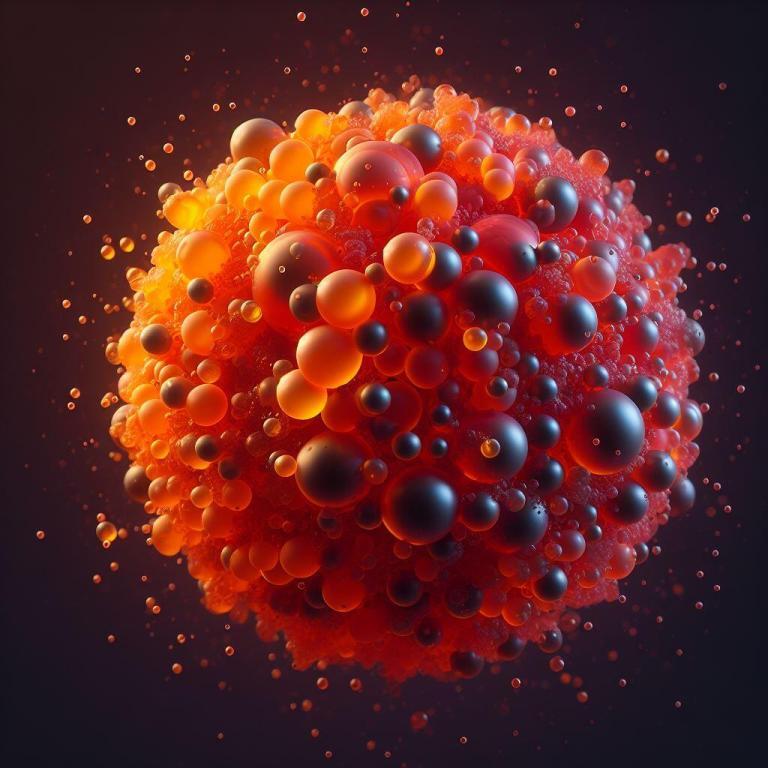

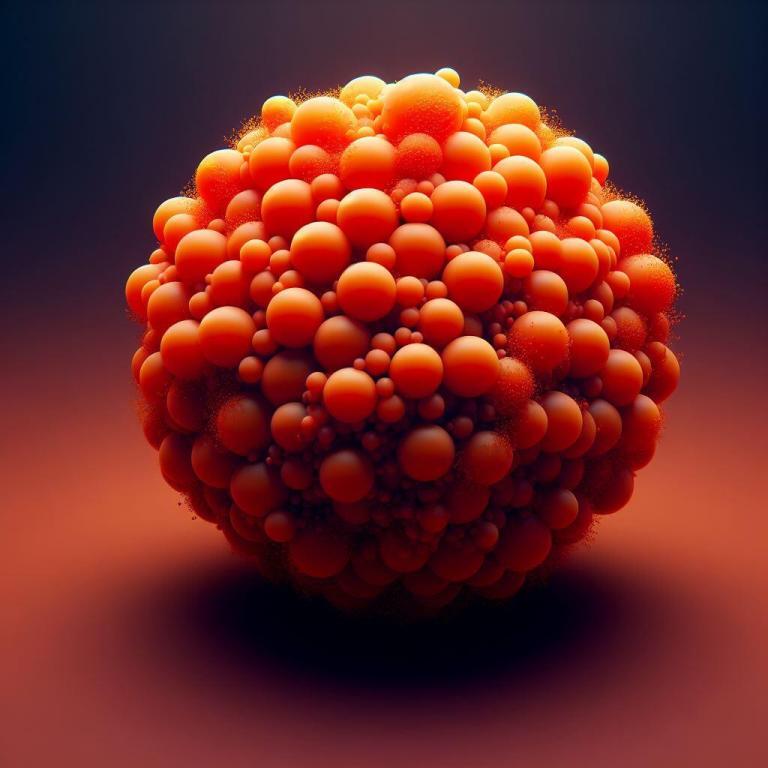


FAQs
Here are some frequently asked questions about Nanocrystals
Nanocrystals are nanoparticles of a drug substance, where the drug is present in its crystalline form. They typically range in size from 10 to 1000 nanometers and are developed to improve the solubility and bioavailability of poorly water-soluble drugs.
Nanocrystals increase the surface area of the drug that is exposed to the solvent, which enhances its dissolution rate according to the Noyes-Whitney equation. This increased surface area allows for a higher saturation solubility and a faster dissolution rate, leading to enhanced bioavailability.
The most common methods for producing Nanocrystals are:
- Wet milling or media milling, which involves the mechanical reduction of particle size.
- High-pressure homogenization, where the drug particles are forced through a narrow gap at high pressure.
- Precipitation, which involves the rapid supersaturation of the drug in a solvent followed by controlled crystallization.
Nanocrystals are best suited for drugs with poor water solubility but good membrane permeability. They are not typically used for drugs that are highly soluble or for drugs that have poor membrane permeability.
The advantages include:
- Improved drug solubility and bioavailability.
- Reduced fasted/fed variability.
- Enhanced permeability and absorption.
- The possibility of dose reduction.
- Improved stability of the drug compound.
While Nanocrystals offer many benefits, there are limitations such as:
- Potential physical and chemical stability issues.
- The need for specialized equipment for production.
- Scale-up challenges from lab to production scale.
We offer end to end services:
- Preformulation studies to assess the suitability of Nanocrystal technology for the drug.
- Process development and optimization.
- Scale-up and technology transfer.
- Clinical trial material and commercial manufacturing.
Nanocrystal formulations must comply with regulatory requirements for nanomaterials, which may include additional toxicity and safety studies. They must also meet the same regulatory standards as other drug formulations for efficacy, safety, and quality.
Characterization of Nanocrystals involves measuring:
- Particle size and size distribution using techniques like dynamic light scattering (DLS).
- Surface charge or zeta potential.
- Crystallinity using X-ray diffraction (XRD).
- Drug loading and release profile.
The future of Nanocrystal technology is promising, with ongoing research into new drugs and therapeutic areas. Advances in production methods and a better understanding of their behavior in biological systems may lead to more widespread adoption in the pharmaceutical industry.
These FAQs are designed to provide comprehensive information to prospective pharma company visitors and can be formatted and adjusted as needed for the specific CDMO’s website.


